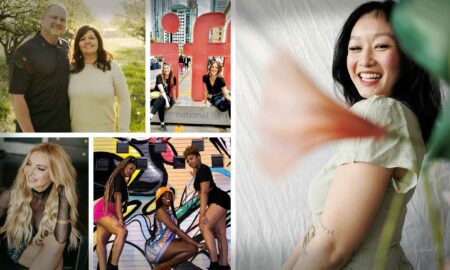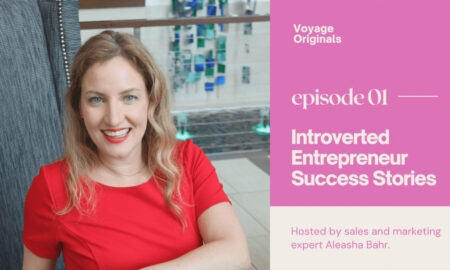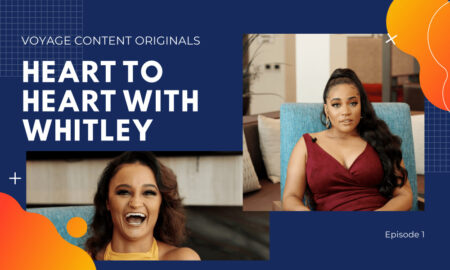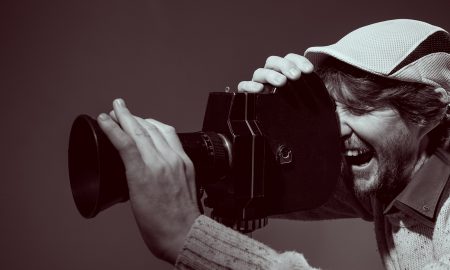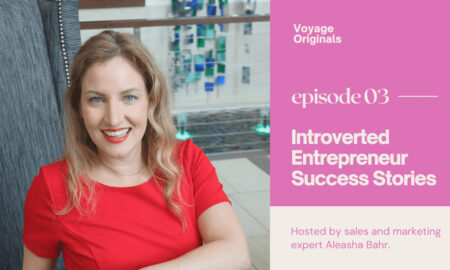

Today we’d like to introduce you to Kelly Yarbrough.
Hi Kelly, please kick things off for us with an introduction to yourself and your story.
I grew up in Plano, Texas — a suburb of Dallas that experienced huge growth and sprawl in my lifetime.
I’ve always been drawn to creating through visual art, writing, and exploration of new places, especially places of natural significance. I was fortunate to have many wonderful experiences traveling both in the US and internationally as a young person and during my college years. From Colorado to Italy, El Salvador to Russia… I think these travel experiences really shaped my curiosity about what creates a sense of place and community among people and their environment.
So, it was out of that curiosity for exploring new places and following the threads of interesting connections that moved me from Austin, Texas to Kansas City in my mid-twenties. There were a lot of places in the world that I thought I might live in at some point in my life, but honestly, the Midwest was not one of them!
However, I was very pleasantly surprised by the vibrant arts scene in Kansas City — both the community among artists and the institutional support for the arts. I also loved the community pride among Kansas Citians, and the variety of place identities by neighborhoods, memories of past local landmarks, etc. The city certainly has a dark history that also feeds into these identities, but I suppose I was most impressed by how much people cared about their place identities in general. That wasn’t something I remember experiencing in the DFW suburbs.
I credit Kansas City and other formative place experiences with modeling positive examples of community to me, and I’ve tried to carry those models with me in my life and work. In 2013, I moved west to Manhattan, Kansas to attend Kansas State University’s MFA program. I wanted to take my visual art practice to a new level and spend more time in a research environment. I knew K-State was connected with the Konza Prairie Biological Station — which I vaguely understood to be ecologically significant — but I didn’t know much else about Kansas!
What I found here surprised me. I learned about the native tallgrass prairie ecosystem — how it used to span across the middle of the US and how the remaining 4% of it is mostly located right here in the Flint Hills region of Kansas. I learned how unexpectedly beautiful and complex this ecosystem is, and how one could track so much of our nation’s history by the relationships of people using and moving across this ecosystem.
I met incredibly smart, creative people in very rural communities that are living in more sustainable and thoughtful relationships with the land and each other — which is entirely refreshing! My studio practice also changed as I engaged with the land I was getting to know. I root my visual work in Drawing, but my style loosened up considerably and I started looking in a different way for imagery as I explored the prairie.
Since then, I’ve created my own sort of ecosystem of work and projects (which I’ll talk more about later) that very much stem from my continued fascination with the prairie and Kansas. I definitely didn’t expect Kansas to hold my attention as it has, but I’m very grateful for the engaging work in visual art, ecology, and arts administration that I do here!
I’m sure you wouldn’t say it’s been obstacle-free, but so far would you say the journey has been a fairly smooth road?
Oh, what fun is a smooth road? There are more gravel roads where I live anyway!
I would say that as an artist and creative, one of the biggest struggles for me is (and probably always will be!) finding the right balance between doing meaningful, authentic work and responsibly addressing the realities of life — bills, insurance, taxes, you know! I don’t think I was ever under the impression that I would have an easy or obvious career path, and I never had grand illusions of being rich or making it big!
My approach to charting my path has mostly been step-by-step — I consider what opportunities might be relatively within my reach based on the skills and experience I have and what I want to learn/gain from a new situation. I think that approach has helped me acquire a fairly good portfolio of experience over the years. And so far, I’m successfully paying the bills. Win, win!
As you know, we’re big fans of you and your work. For our readers who might not be as familiar what can you tell them about what you do?
In my ecosystem of work, I am a visual artist, arts administrator, and art & ecology program specialist. Most of the arts admin and program development work these days is for the Kansas Creative Arts Industries Commission, and I wear a few different hats through that job.
One of my roles through the KCAIC job is the lead administrator of the Tallgrass Artist Residency program, which I actually started in 2016. The Tallgrass program invites artists from across the country to spend time furthering their own research and practice in a very small Kansas community of 50 people called Matfield Green. It’s a fairly small residency program, but well-loved by folks in town and growing in its network, nationwide.
Our online applications for the 2022 program are actually open right now and the deadline is March 15! This program is definitely one of my proudest accomplishments, both for the opportunities that we create for other artists and for the interesting behind-the-scenes challenges of program development!
I also regularly create and show visual art. I work out of my home studio in Manhattan but frequently draw from lived experiences across the prairie. I’m represented by Prairiebrooke Gallery in Overland Park, Kansas, but I also participate in shows in and out of state in various exhibition spaces.
Beyond the somewhat introverted work of studio art and administration, I also enjoy public speaking and facilitation from time to time! In 2021, I was a speaker at a TEDx event in Texas and really enjoyed spreading the “gospel” of prairie conservation to a larger audience. People often call me a connector, which I love. Connections and dynamic relationships are what define the prairie ecosystem!
And, I feel like a wealthy woman when I think about the amazing network of people that I’m connected to in my life and work.
Who else deserves credit in your story?
Certainly, my parents deserve a lot of credit for who I am today. I was so fortunate to have a safe and loving home environment, and my creative propensities were supported at a young age. My parents also emphasized the value of education and lifelong learning, and we spent time a good amount of time in the car on road trips during summers when I was a kid. Our destinations were often to national parks, and we took full advantage of educational opportunities along the way!
I feel like my name and work has become more known through the success of the Tallgrass Artist Residency, but none of that would be the case without the support and hard work of some key people in Matfield Green — on-site residency managers (and graphic designers extraordinaire) Derek and Katherine Hamm, Matfield Station owners Bill and Julia McBride, and schoolhouse building owners Matt and Tia Regier — to name a few!
I also have to give a shout-out to my partner, Jeff, with who I love creating a home and community within Manhattan. How shall I say it? We’ve got different vibes! But, Jeff has a wonderfully logical approach to problem-solving which is incredibly helpful to me in both work and life. He’s a huge art supporter in his own right and he’s a great cheerleader for me in my practice. All of that helps make space for me to focus on what I do, and I am very grateful for it.
Contact Info:
- Website: www.kellyyarbrough.com
- Instagram: @kelly_in_the_prairy
- Other: www.tallgrassartistresidency.org





 Image Credits
Image Credits
Cori Sherman North and Derek Hamm

